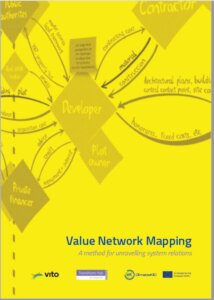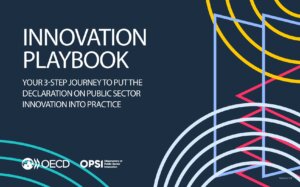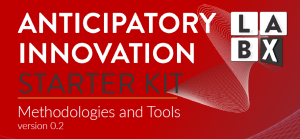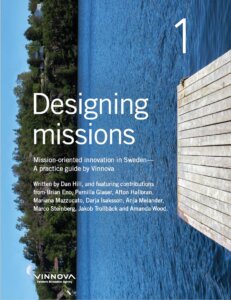If your current approach is no longer suited for a changed context or you want to initiate a change but do not know where to start, you may need to design a new strategy.
Deciding how and where to start is more difficult when working in an uncertain environment or when dealing with an unrecognised type of problem. In such circumstances, you must quickly make sense, build understanding and contextualise your situation as well as the actors working within it, the constraints and resources you face, and the types of problems at hand.
Do you have a strategic intent? If not, consider toolkits that help with contexutalisation and sense-making.
What is your role in this context? What are the important relationships, interests, and power dynamics involved? Consider toolkits that help map relationships. Depending on your role, toolkits intended for policymakers/managers, practitioners, or stakeholders outside of government might be more pertinent to you.
The design of strategy may be best informed by understanding cultural narratives and beliefs and then creating interventions accordingly. In putting this knowledge into practice among collaborators, you may want to develop more clarity around a mission or create an opportunity to think differently about risk and possibility. In these cases, toolkits which uncover beliefs and values, or help imagine different futures, challenge assumptions, break habits or cultivate a different mindset may prove useful.
Futures and foresight toolkits often explore the underlying myths and narratives within a culture, so this set of methods may be useful for creating interventions that affect deep, entrenched cultural beliefs.
A strategy may prove to be more operational. It may be about aligning a value proposition with a stakeholder or user need. In this case, design toolkits—sometimes more specifically service design and product design toolkits—may offer a way to uncover needs and create products or services around them. If an organisation’s purpose, business model, structure, or staff need to change, organisational design-focused toolkits may offer needed insights and direction.
Socialising your strategy will improve the likelihood that it is adopted. Introducing something new is a constant balance between retaining nuance and consensus and validation. Simplifying too much can result in a loss of integrity or true novelty of an approach or solution while not enough consensus can result in rejection or indifference among those who need to be part of its implementation. Some toolkits focus on practising or coordinating the behaviours involved in socialising a strategy, such as building consensus, converging on a decision, acceptance testing or building a shared understanding. The methods used in behavioural insights toolkits may also prove valuable in these cases, although they tend to focus more on behaviours of external actors.
Do you need help?
How well-versed are you with strategy design tools and methods? Do you have experience with applying these approaches in practise? If not, then the language and complexity of the working methods can be daunting. Find help and connect to someone who has practical experience in addressing public sector problems. But be aware so that you do not get sucked into applying their favourite method.
Learn about building skills and capacity for strategic design
Find OPSI network members with strategy design method expertise
Reach out to OPSI for guidance
Request a webinar on this topic – top-requested topics will be prioritised







